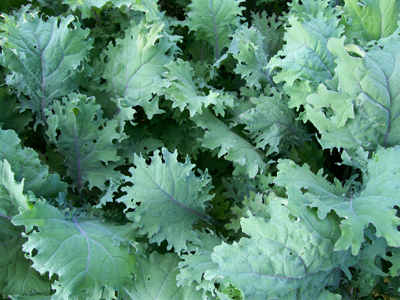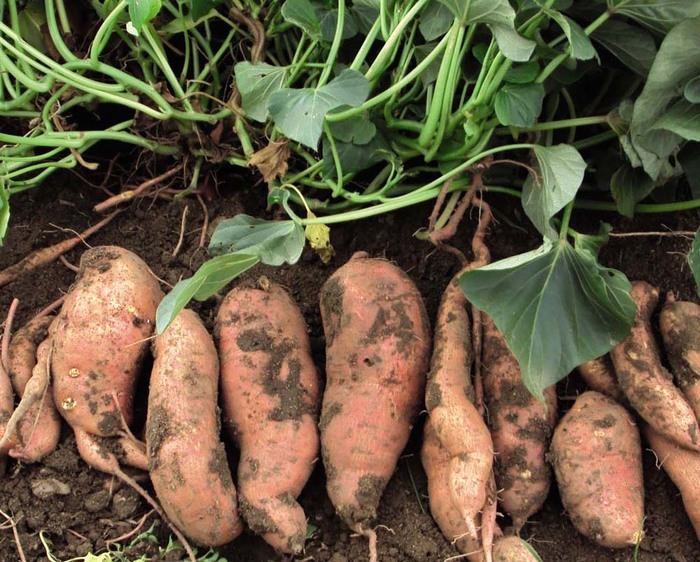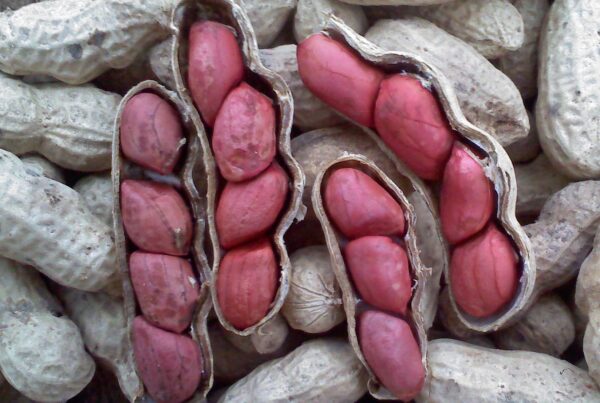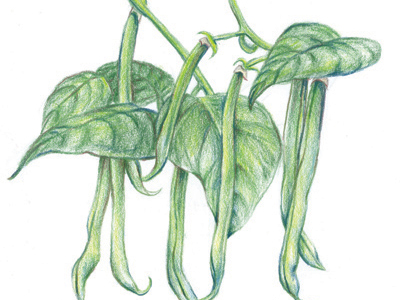According to the calendar fall is here but for now our veggie garden is still lush with a mixture of fresh fall greens and the last of the summer crops specially peppers, southern peas, pole beans, and eggplant. Amidst all this plenty remember that the first frost is right around the corner. By month’s end the summer crops will be done and all of the winter crops need to be mulched, covered or otherwise tucked in for the cold months ahead. So decide which crops you want to keep. Make arrangements to protect them with mulch, row covers or cold frames. Harvest everything else before you lose it to frost. Save only the best produce for storage.
Finish sowing kale and spinach in early October for overwintering. Continue to sow hardy lettuces like Winter Density and Thai 88 Oakleaf under cover until Oct 15. Try growing seedlings of Rhubarb, artichoke, and short day onion varieties like Texas Early Grano overwinter in a cold frame as well. Have spun polyester row cover in place to protect tender crops from frost.
Harvest sweet potatoes before the soil temp goes below 55 degrees at night and air below 50 degrees (usually the week of the first frost). Cure 4-10 days at 85 degrees and 85% humidity.
Store Cured sweet potatoes at room temperature out of the light. We use cardboard boxes in a closet under the starts and have fresh sweet potatoes to eat until summer.
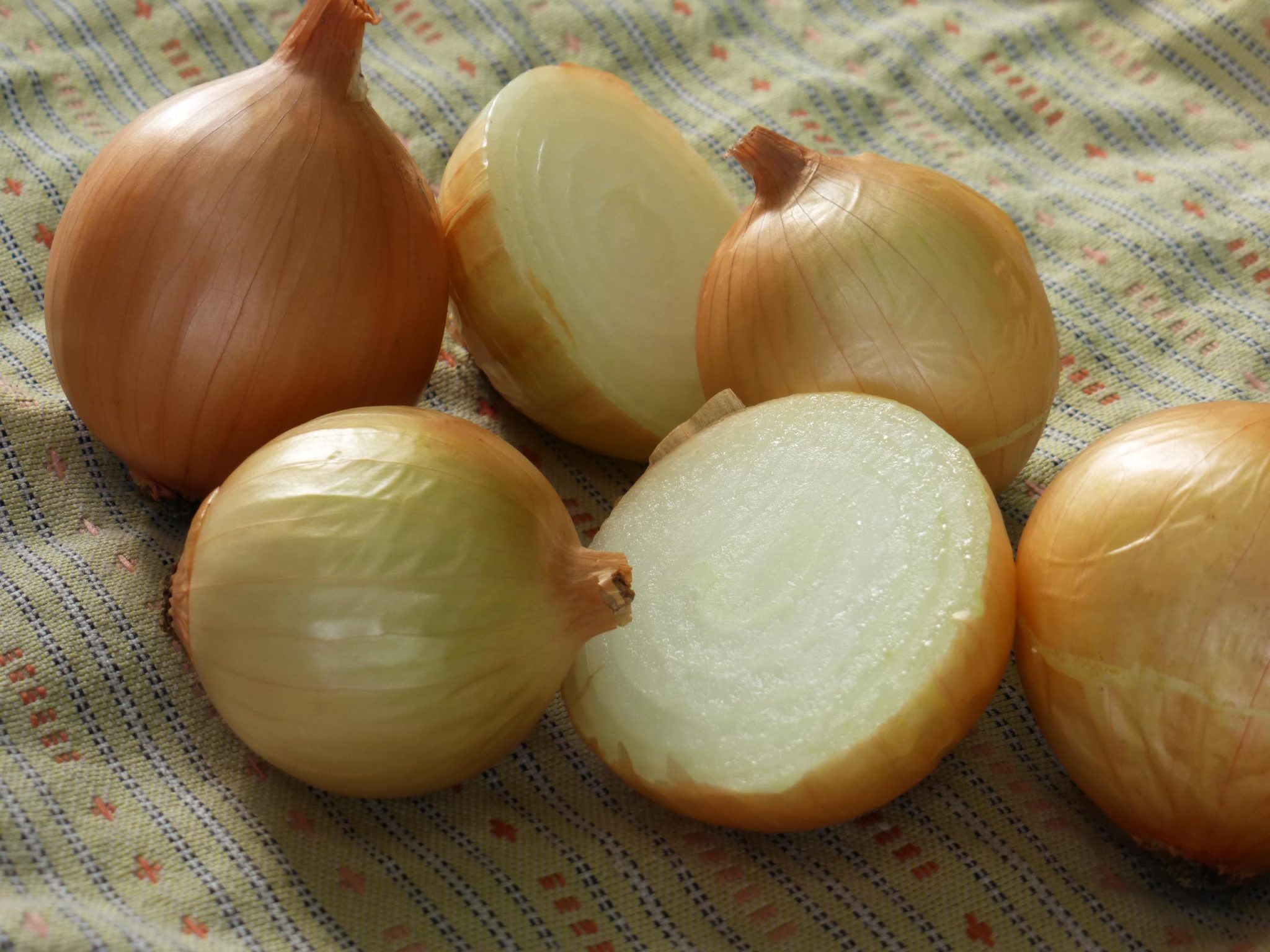 In mid-October (when the soil temp at 4″ depth drops to 50 degrees) is an ideal time for planting garlic, yellow potato onions, Egyptian onions and shallots. Cover immediately with 3-4 inches of mulch. Check and free trapped garlic leaves from under heavier sections of mulch when 50% have emerged. Plant small leftover garlic bulbs whole together for  delicious green garlic scallions next spring.
In mid-October (when the soil temp at 4″ depth drops to 50 degrees) is an ideal time for planting garlic, yellow potato onions, Egyptian onions and shallots. Cover immediately with 3-4 inches of mulch. Check and free trapped garlic leaves from under heavier sections of mulch when 50% have emerged. Plant small leftover garlic bulbs whole together for  delicious green garlic scallions next spring.
As your summer growing season ends clear out all of the weeds, garden debris, spent vines, and any fruits and vegetables that weren’t harvested; rather than allowing this litter to remain in the garden over the winter. Put away tomato cages, store hoses, cleanup and mulch your perennials. Get a soil test and spread lime or gypsum or other soil amendments as needed. Winterize your rototiller.
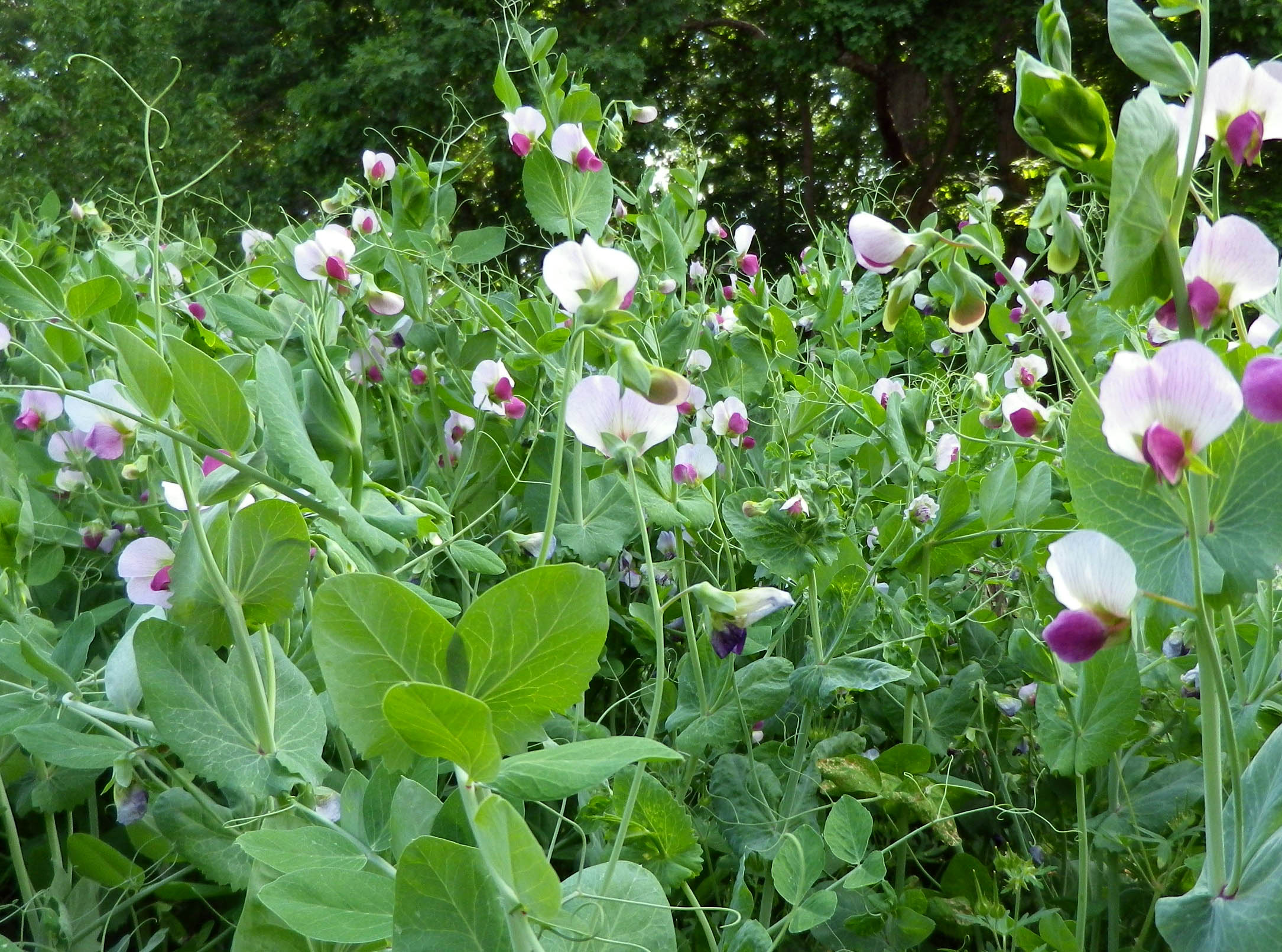 Plant cover crops as you harvest crops and empty areas of the garden. Cover crops are a great way to improve soil aeration and texture, add nitrogen, and support and encourage microorganisms and worms. Choose the proper cover crop for the season. My favorite winter cover crops are hardy winter rye and Austrian Winter Peas. Both are great cover crop to plant in the fall or early winter. Rye excels at loosening compacted soil and is good for weed suppression too. It also catches excess nitrogen in the soil. Rye will hold and protect the soil throughout the winter. Next spring it should turned under before going to seed in order to nourish the soil. Austrian Winter peas offer a bonus crop of edible shoots for your winter and early spring salads.
Plant cover crops as you harvest crops and empty areas of the garden. Cover crops are a great way to improve soil aeration and texture, add nitrogen, and support and encourage microorganisms and worms. Choose the proper cover crop for the season. My favorite winter cover crops are hardy winter rye and Austrian Winter Peas. Both are great cover crop to plant in the fall or early winter. Rye excels at loosening compacted soil and is good for weed suppression too. It also catches excess nitrogen in the soil. Rye will hold and protect the soil throughout the winter. Next spring it should turned under before going to seed in order to nourish the soil. Austrian Winter peas offer a bonus crop of edible shoots for your winter and early spring salads.
Make notes on the harvest (note what went well and what needs improvement). Give Southern Exposure’s online Garden Planner a free trial as you start planning next year’s garden.
by Ira Wallace of Southern Exposure Seed Exchange & author of The Timber Press Guide to Vegetable Gardening in the Southeast

